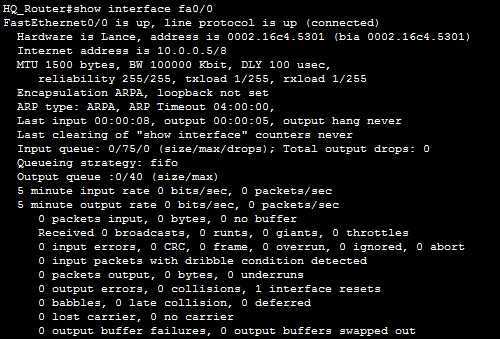

This command displays dynamic MAC address entries for an aggregate interface only when the aggregate interface has at least one Selected member port. Step 2: On the Command Prompt window, enter ipconfig/all then press Enter. If you do not specify any parameters, the command displays all MAC address entries. In summary, you'll want to be careful and key off indicators such as in ifconfig noting: status: no carrier vs active and for those with IP assignment on the individual interface, you can match via the inet address. A MAC address entry includes a destination MAC address, an outgoing interface, and a VLAN ID. I have exhibited the following alignment where ext-1 = em2 (from the list of em0, em1, em2, and em3) userhost> show chassis mac-addresses MAC address information: Public base address 30:b6:4f:0a:7a:bb Public count 1856 Private base address 30:b6:4f:0a:81:fb Private count 192. For instance ( color coding used to emphasize what one *may* expect):Įven the InfiniBand ports don't align as you *may* expect:ġ) When you have the 2 on-board (Cu) 1gig interfaces, the numbering while it doesn't match, is at least aligning in ascending order: ( em0 = ext-1 and em1 = ext-2)Ģ) However, notice the 10gig interfaces where while cxgb1 = 10gige-1 (number reference matches), *but* then cxgb0 = 10gige-2 which doesn't match the ascending order.ģ) This changes when you have 4x (Cu) 1gig interfaces (2x onboard + 2x expansion).

Simply wanted to point out that mapping the (individual) interface names at the OS level (via ifconfig) to the naming used by OneFS could be a bit confusing.


 0 kommentar(er)
0 kommentar(er)
